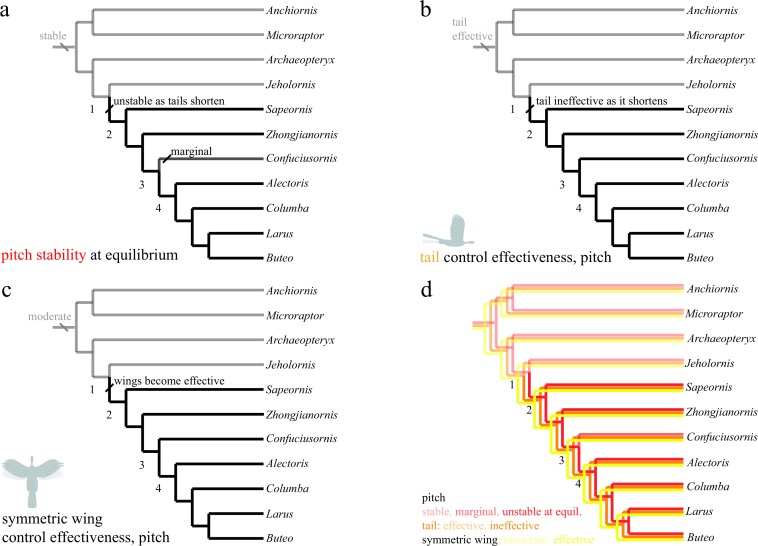Figure 6. Evolution of pitch stability and control effectiveness.
Trees show (A) stability at equilibrium; (B) control effectiveness of the tail in pitch; (C) control effectiveness of symmetric wing protraction/retraction. Ancestrally, taxa are stable in pitch (A) and possess large, highly effective tails (B) but only moderately effective wings (C). Stability and tail control effectiveness are lost as tails shorten (AB, node 1), but more effective wings (C, node 1) are able to provide control. Control migrates from the reduced tail to the wings, which become larger and are associated with skeletal features that would enhance control and the production of left–right and fore-aft asymmetries.

